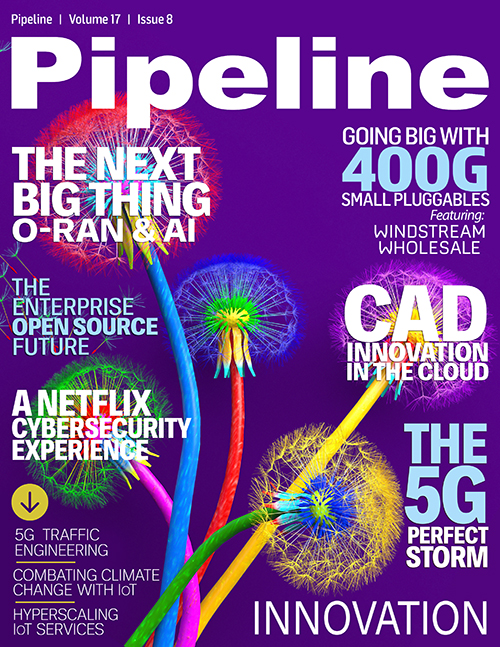Smoothing the 5G Transition with Traffic Engineering
Consider the following example as it relates to mobile communications services. A group of mobile consumers commuting from the city center to the suburbs on a bus are streaming a live football game during rush hour. They are paying a premium for this streaming capability and expect an uninterrupted user experience, even during heavy user periods.
The ability to steer network traffic dynamically enables improved mobility and justifies the premium service charge for the consumers. In network terms, traffic has to be steered to adapt to the shifts of the load in the network. The best effort traffic will have to be shifted to take longer routes in the presence of livestreaming traffic, decongesting the premium route, so latency figures can be maintained.
In general, dynamic adjustment to changes in traffic patterns is required for an efficient and reliable network. If such change in the network requires manual configuration, there is a high probability that the network adaptation will be too late, causing intermittent service degradation and negatively impacting the user experience. If the network adaptation is too early, network resources could be unnecessarily wasted. This illustrates the importance of automation of traffic steering by dynamic and closed-loop systems coupled with a programmable network infrastructure.
Traffic engineering benefits
Traffic engineering provides increased bandwidth and network reliability assurance by computing an end-to-end path for routing packets. The route is pre-planned by offline optimization algorithm or by real-time computation as opposed to locally finding the best next-hop to the destination. Leveraging the pre-planned routes allows service providers to preserve valuable network resources such as bandwidth on each port or link and ensures protection against node and link failures by pre-computing back-up paths.
Both service and network performance are dramatically improved by having guaranteed bandwidth, regardless of if there are failures, heavy traffic loads, or congested nodes or links. Traffic engineering allows service providers to seamlessly manage and adjust to changing traffic patterns. In addition, the closed loop automation of the network allows service providers to redirect traffic to new paths to react to network utilization or prepare for future demands. These traffic flows can have different paths and be assigned different levels of protection based on the scenario.
Traffic engineering is not only applicable to 4G environments but is also instrumental in improving 5G network operations. In a 5G environment, service providers will be introducing more services, managing higher bandwidth demand, and experiencing accelerated rates of change in traffic patterns—meaning the need for traffic engineering exponentially intensifies.



















